
Research Fellow @imperialcollegeldn.bsky.social and @imperial-ix.bsky.social
Funded by @schmidtsciences.bsky.social
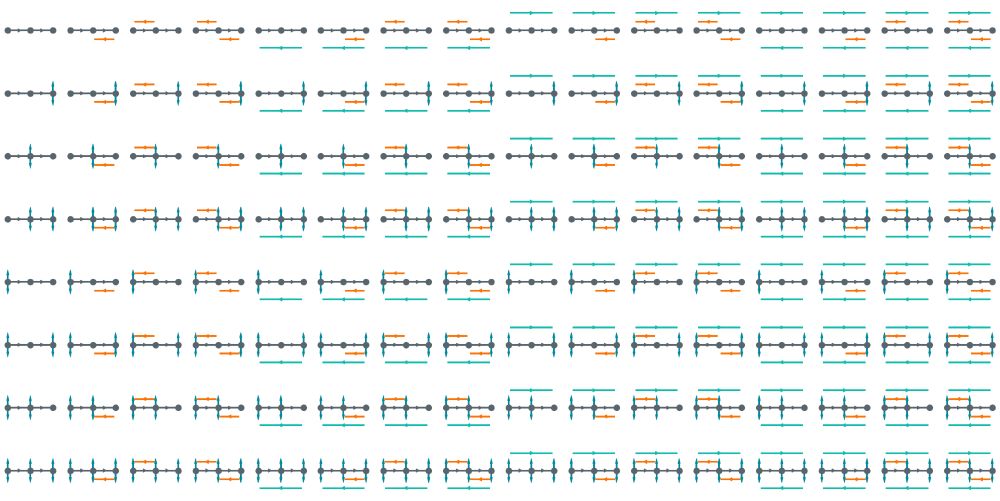
@neuralreckoning.bsky.social & I explore this in our new preprint:
doi.org/10.1101/2025...
🤖🧠🧪
🧵1/9
arxiv.org/pdf/2410.03972
It started from a question I kept running into:
When do RNNs trained on the same task converge/diverge in their solutions?
🧵⬇️

arxiv.org/pdf/2410.03972
It started from a question I kept running into:
When do RNNs trained on the same task converge/diverge in their solutions?
🧵⬇️
Heading to the cool highlands of Nyeri at @DeKUTkenya
🗓️ Appl open: 15 Dec 2025 – 26 Jan 2026
💻 Learn #compneuro & ML in a refreshing environment.
🔗 Details & application in the link
📣 Share & tag friends!
trendinafrica.org/trend-camina/
Heading to the cool highlands of Nyeri at @DeKUTkenya
🗓️ Appl open: 15 Dec 2025 – 26 Jan 2026
💻 Learn #compneuro & ML in a refreshing environment.
🔗 Details & application in the link
📣 Share & tag friends!
trendinafrica.org/trend-camina/
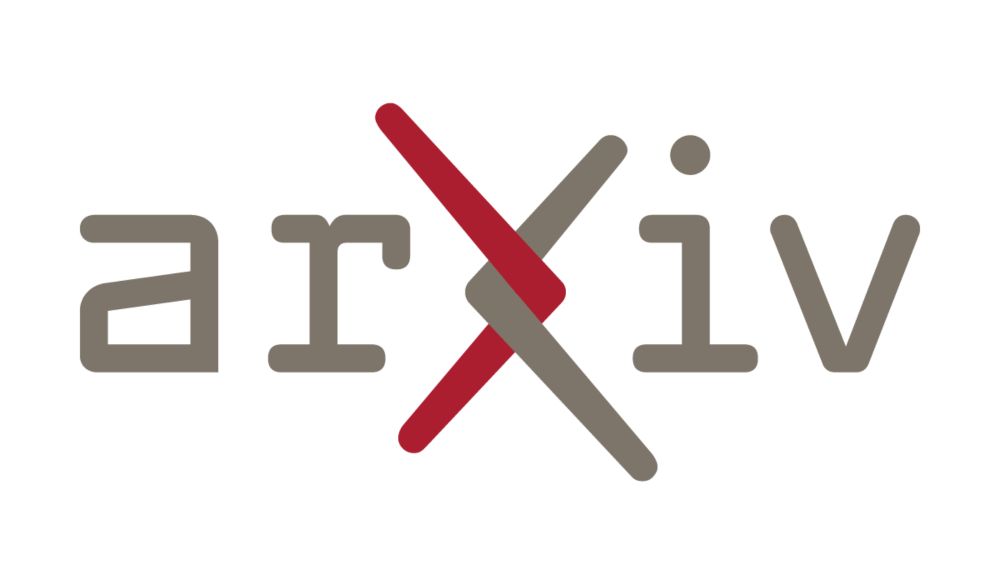
I can support your application @imperialcollegeldn.bsky.social
✅ Check your eligibility (below)
✅ Contact me (DM or email)
UK nationals: www.imperial.ac.uk/life-science...
Otherwise: www.imperial.ac.uk/study/fees-a...

I can support your application @imperialcollegeldn.bsky.social
✅ Check your eligibility (below)
✅ Contact me (DM or email)
UK nationals: www.imperial.ac.uk/life-science...
Otherwise: www.imperial.ac.uk/study/fees-a...
@rdgao.bsky.social draws a nice distinction between the two.
And introduces Gao's second law:
“Any state-of-the-art algorithm for analyzing brain signals is, for some time, how the brain works.”
Part 1: www.rdgao.com/blog/2024/01...

@rdgao.bsky.social draws a nice distinction between the two.
And introduces Gao's second law:
“Any state-of-the-art algorithm for analyzing brain signals is, for some time, how the brain works.”
Part 1: www.rdgao.com/blog/2024/01...

#neuroskyence
www.thetransmitter.org/this-paper-c...

The current debate (decoding vs causal relevance)
and a toy example I gave in the thread below
got me thinking about a related issue: how decoding may reflect structure more than function.
🧵 1/5
But wouldn't we need causal manipulations to conclude that the brain "uses" them?
For example, maybe we can decode equally well from two areas. But, only one impacts behaviour when inactivated.
The current debate (decoding vs causal relevance)
and a toy example I gave in the thread below
got me thinking about a related issue: how decoding may reflect structure more than function.
🧵 1/5
Huge thanks to @marcusghosh.bsky.social, @neuralreckoning.bsky.social, @tfiers.bsky.social, @krhab.bsky.social and others for putting in the bulk effort 🙌

Huge thanks to @marcusghosh.bsky.social, @neuralreckoning.bsky.social, @tfiers.bsky.social, @krhab.bsky.social and others for putting in the bulk effort 🙌
Keep an eye out for our next collaborative effort

Keep an eye out for our next collaborative effort
Come and say hi or message me if you'd like to meet up!
@neuralreckoning.bsky.social & I explore this in our new preprint:
doi.org/10.1101/2025...
🤖🧠🧪
🧵1/9

Come and say hi or message me if you'd like to meet up!
@neuralreckoning.bsky.social & I explore this in our new preprint:
doi.org/10.1101/2025...
🤖🧠🧪
🧵1/9

@neuralreckoning.bsky.social & I explore this in our new preprint:
doi.org/10.1101/2025...
🤖🧠🧪
🧵1/9
Everything's in here: sparks.crick.ac.uk
A thread on what changed 🧵👇
@flor-iacaruso.bsky.social @sdrsd.bsky.social @alexegeaweiss.bsky.social
#neuroskyence #NeuroAI #ML #BioInspiredAI
Everything's in here: sparks.crick.ac.uk
A thread on what changed 🧵👇
@flor-iacaruso.bsky.social @sdrsd.bsky.social @alexegeaweiss.bsky.social
#neuroskyence #NeuroAI #ML #BioInspiredAI
w/ @neuralreckoning.bsky.social @achterbrain.bsky.social in Intelligent Systems and Networks group.
Plz share! 🚀: www.imperial.ac.uk/jobs/search-...

w/ @neuralreckoning.bsky.social @achterbrain.bsky.social in Intelligent Systems and Networks group.
Plz share! 🚀: www.imperial.ac.uk/jobs/search-...
Myself and 9 other research fellows from @imperial-ix.bsky.social use AI methods in domains from plant biology (🌱) to neuroscience (🧠) and particle physics (🎇).
Together we suggest 10 simple rules @plos.org 🧵
doi.org/10.1371/jour...

Myself and 9 other research fellows from @imperial-ix.bsky.social use AI methods in domains from plant biology (🌱) to neuroscience (🧠) and particle physics (🎇).
Together we suggest 10 simple rules @plos.org 🧵
doi.org/10.1371/jour...
arxiv.org/abs/2507.16043
Surrogate gradients are popular for training SNNs, but some worry whether they really learn complex temporal spike codes. TLDR: we tested this, and yes they can! 🧵👇
🤖🧠🧪

arxiv.org/abs/2507.16043
Surrogate gradients are popular for training SNNs, but some worry whether they really learn complex temporal spike codes. TLDR: we tested this, and yes they can! 🧵👇
🤖🧠🧪
And really enjoyed sharing our new work too
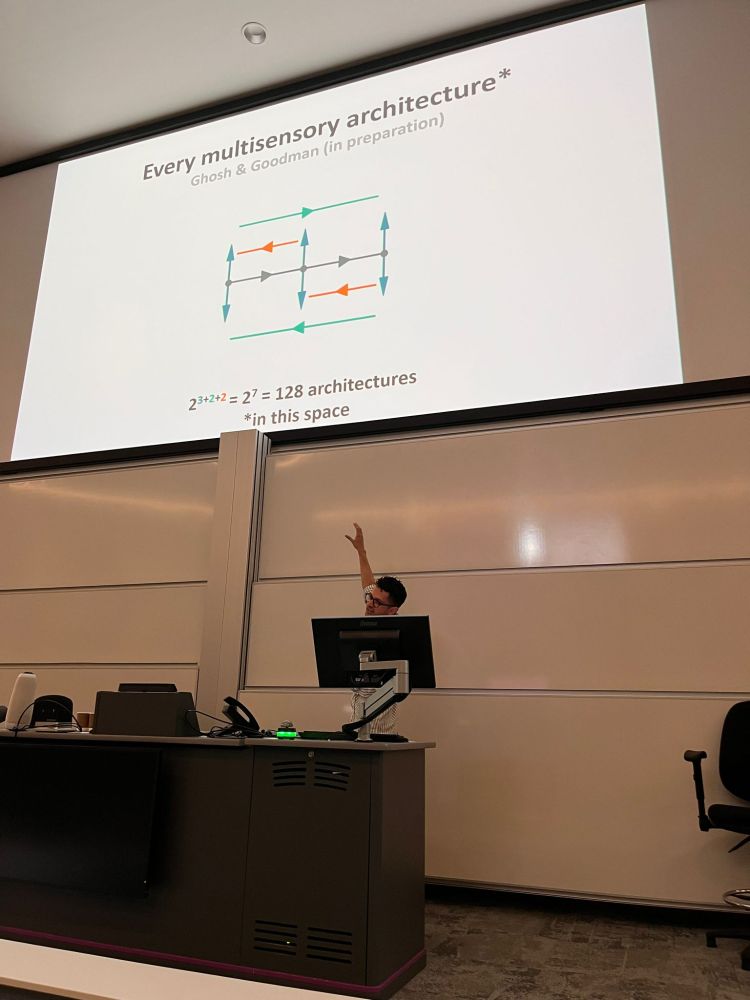
And really enjoyed sharing our new work too
I’m excited to seeing all the great research.
And I’m delighted to give a talk on Friday about Rebecca Brady’s PhD new modelling studies in collab w @bizleylab.bsky.social and @jennycampos.bsky.social
1/2
www.biorxiv.org/content/10.1...

I’m excited to seeing all the great research.
And I’m delighted to give a talk on Friday about Rebecca Brady’s PhD new modelling studies in collab w @bizleylab.bsky.social and @jennycampos.bsky.social
1/2
www.biorxiv.org/content/10.1...
I'll be giving a talk on Friday (talk session 9) on multisensory network architectures - new work from me & @neuralreckoning.bsky.social.
But say hello or DM me before then!
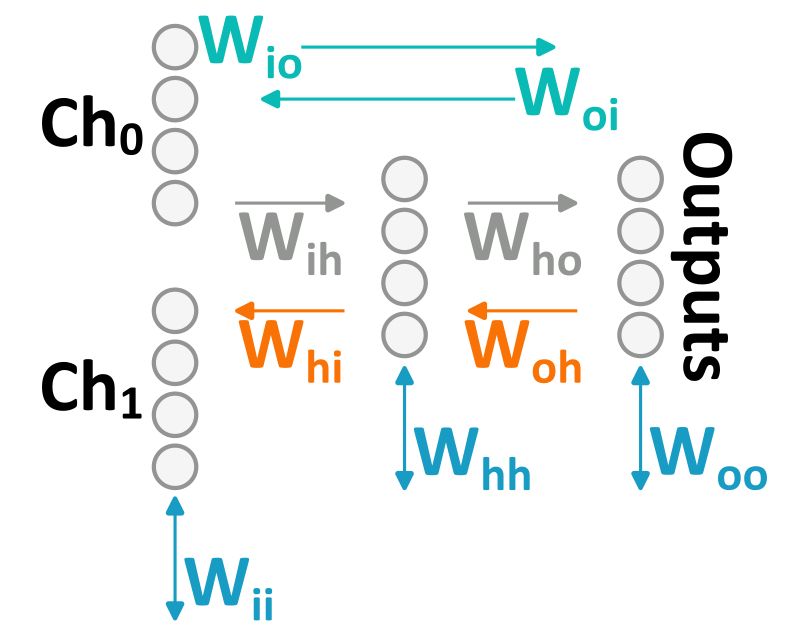
I'll be giving a talk on Friday (talk session 9) on multisensory network architectures - new work from me & @neuralreckoning.bsky.social.
But say hello or DM me before then!
Awesome students and super TAs:
@akoumoundourou.bsky.social, @tomnotgeorge.bsky.social, @jsoldadomagraner.bsky.social, @ashvparker.bsky.social, @pollytur.bsky.social, @skuechenhoff.bsky.social
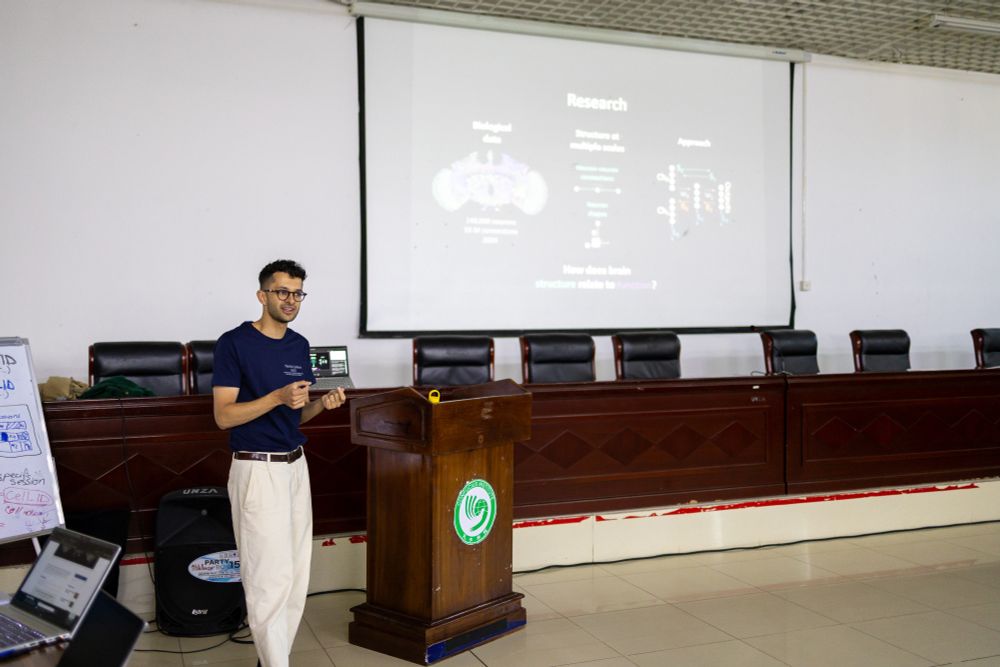

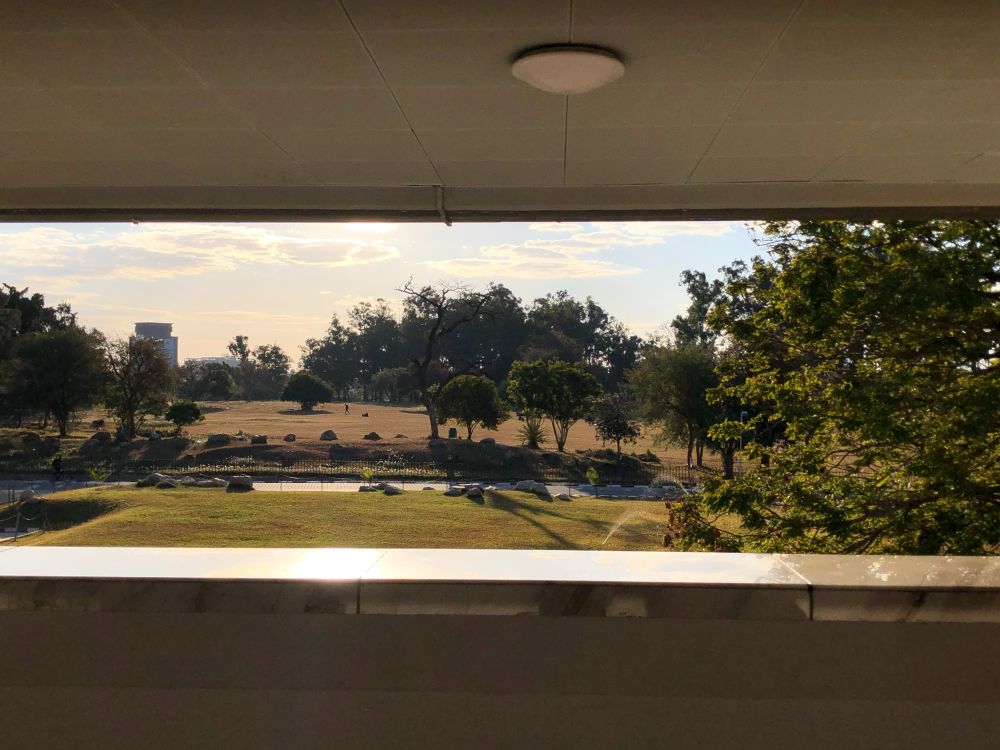
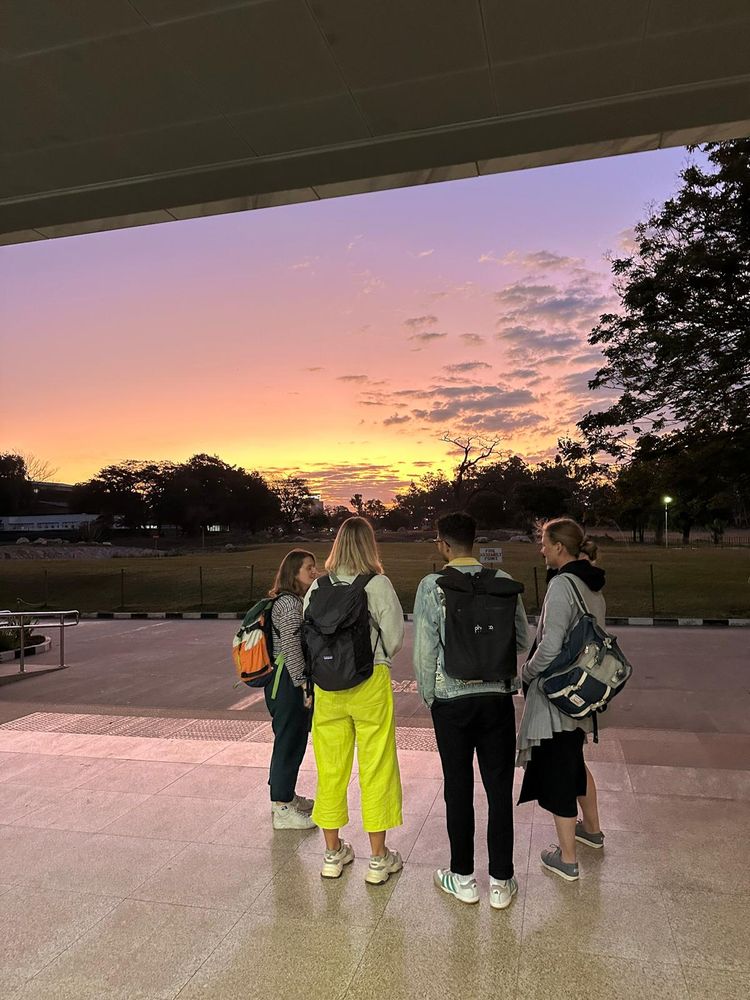
Awesome students and super TAs:
@akoumoundourou.bsky.social, @tomnotgeorge.bsky.social, @jsoldadomagraner.bsky.social, @ashvparker.bsky.social, @pollytur.bsky.social, @skuechenhoff.bsky.social
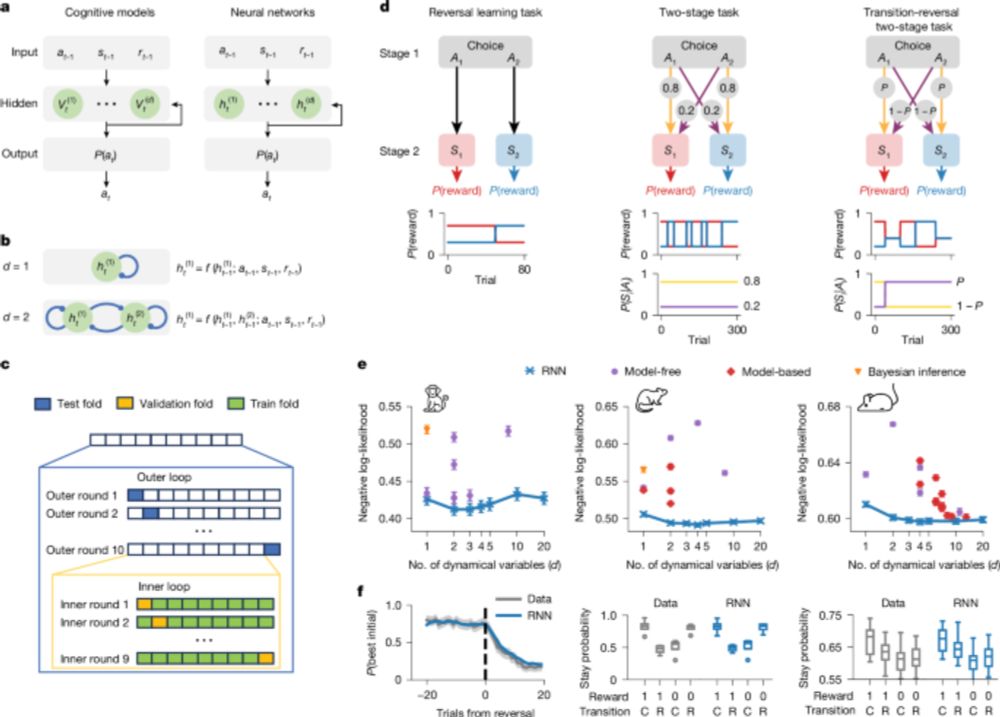
@ryanpaulbadman1.bsky.social & Riley Simmons-Edler show–through cog sci, neuro & ethology–how an AI agent with fewer ‘neurons’ than an insect can forage, find safety & dodge predators in a virtual world. Here's what we built
Preprint: arxiv.org/pdf/2506.06981

@ryanpaulbadman1.bsky.social & Riley Simmons-Edler show–through cog sci, neuro & ethology–how an AI agent with fewer ‘neurons’ than an insect can forage, find safety & dodge predators in a virtual world. Here's what we built
Preprint: arxiv.org/pdf/2506.06981

The result of my MSc thesis is out with @kayson.bsky.social @fatemehhadaeghi.bsky.social @patrickmineault.bsky.social @kordinglab.bsky.social, Claus C. Hilgetag

The result of my MSc thesis is out with @kayson.bsky.social @fatemehhadaeghi.bsky.social @patrickmineault.bsky.social @kordinglab.bsky.social, Claus C. Hilgetag

